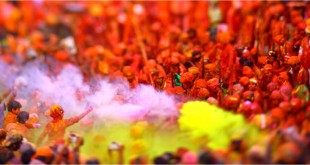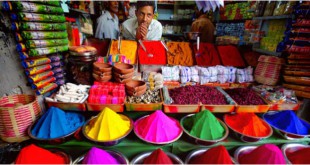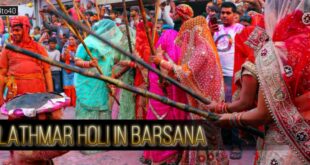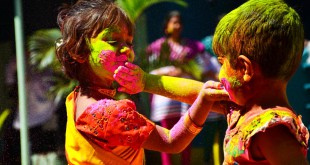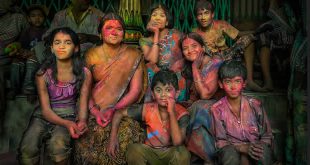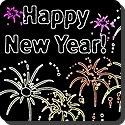 Celebrating New Year’s Day is one of the oldest and most-exciting customs around the world.
Celebrating New Year’s Day is one of the oldest and most-exciting customs around the world.
Ringing church bells, tooting horns and ear-piercing shrieks echo throughout the world on this festive day.
Whether visiting relatives or watching New Year’s Day parades at home on the TV, welcoming the New Year is always a time of entertainment, celebration and resolution.
Since this festival marks the beginning of the year, New Year’s Day is thought of as a perfect time for a “clean start” or New Year’s resolutions. People worldwide resolve to act better in the year just beginning than in the year just ended.
No day has ever been observed on so many different dates or in so many different ways. All over the world, countries have their own special beliefs about what the New Year means to them.
While many people in the United States observe New Year’s Day on January 1st by throwing parties late into the night on the eve of December 31st, people in China celebrate this holiday for several days between January 17th and February 19th, at the time of the new moon. The Chinese called this time of feasting and celebrations Yuan Tan. Lanterns illuminate the streets as the Chinese use thousands of lanterns “to light the way” for the New Year. The Chinese believe that evil spirits roam the earth at the New Year, so they let off firecrackers to scare off the spirits and seal their windows and doors with paper to keep the evil demons out.
In Scotland, the New Year is called Hogmanay. In the villages of Scotland, barrels of tar are set afire and then rolled down the streets. This ritual symbolizes that the old year is burned up and the new one is allowed to enter.
New Year’s Day is also the Festival of Saint Basil in Greece. Children leave their shoes by the fireside on New Year’s Day with the hope that Saint Basil, who was famous for his kindness, will come and fill their shoes with gifts.
The Jewish New Year is called Rosh Hashanah. It is a holy time when Jews recall the things they have done wrong in the past, and then promise to do better in the future. Special services are held in the synagogues, children are given new clothes and New Year loaves are baked to remind people of harvest time.
Iran’s New Year’s Day, which is in March, celebrates not only the beginning of the new year according to the solar calendar, but also bahar, “the beginning of spring.”
On New Year’s Day in Japan, everyone gets dressed in their new clothes and homes are decorated with pine branches and bamboo–symbols of long life.
In European countries such as Italy, Portugal and the Netherlands, families start the New Year by first attending church services. Afterwards, they visit friends and relatives. In Italy, boys and girls receive gifts of money on New Year’s Day.
 Kids Portal For Parents India Kids Network
Kids Portal For Parents India Kids Network
